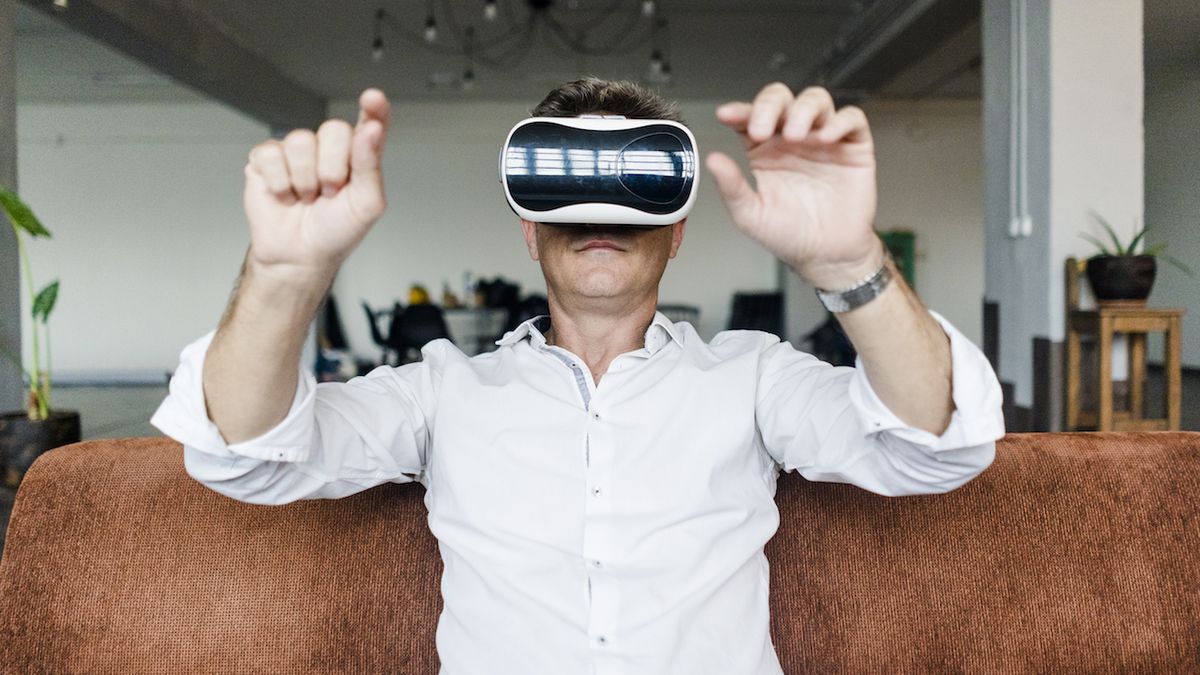In just a few short months, coronavirus, aka COVID-19, has gone from an isolated outbreak in China to a global pandemic. While personal and family health has remained a top priority, we are also modifying the way we do business and educate our children.
If necessity is the mother of invention, adaptation is the father of survival. Learning to leverage virtual reality in our lives is a natural transition. Our modern-day activities that once required an in-person presence can now be accomplished virtually.
Related: Glue Launches Next-Gen VR Collaboration Platform for Dispersed Teams
Virtual reality (VR) has come a long way with capabilities that stretch far beyond gaming. VR can help make the workday feel more professional and education more engaging, all while staying home as you keep yourself and your family safe.
Business
Video calls and conferences are seeing historic adoption as we work to stay connected in a wide range of business situations, but in many cases, they are proving to be insufficient. There’s no substitute for being in the same room as your team members or coworkers. To compensate, VR technology is gaining traction in keeping the lines of communication open in both B2B and B2C activities.
Utilizing VR in businesses allows you to gather with your colleagues without possible exposure to the virus and without the need for travel. Products from Oculus have upped the quality of VR experiences and made virtual meetings and training sessions a reality. It’s now possible for participants to feel as though they’re interacting in the same virtual space. This 3D environment facilitates remote communication and collaboration in unprecedented ways.
There are a number of software solutions emerging to facilitate VR meetings. A PC application called SPACES allows users to join Zoom meetings and other video calls through VR; other more sophisticated software from companies like Glue Collaboration allow for VR-based collaboration.
If you are taking a more individualized approach, Oculus VirtualSpeech gives your employees the opportunity to hone in on their public speaking skills. You can upload slides for presentations and receive real-time feedback on delivery. You can even receive an eye-contact rating.
Education
The coronavirus has led to the temporary closure of schools worldwide. According to UNESCO, these closures have affected over 87 percent of the world’s student population. In a matter of weeks, students across the globe found themselves in temporary homeschooling situations.
New educational approaches could result in innovations to narrow the gap caused by the digital divide, and there are companies that have already been focusing on providing new educational options via the VR learning environment. Teachers around the globe are finding new ways to use VR technology to connect with students, bridging the gap created by social distancing.
Tools like the Expeditions app, originally intended to bring virtual reality and augmented reality into the classroom, could prove just as effective at bringing the classroom into students’ homes.
Apple has created tools such as headsets to combine virtual reality with augmented reality. It is currently developing the ability to record AR and VR experiences to be watched again later or transmitted to others. While it’s already possible to record live gameplay, this application would enable you to capture both real-world and computer-generated elements.
What’s Next
These are unprecedented times and we have to continue looking for ways to interact and stimulate our wellbeing. Through virtual reality, social interaction seems possible and can reduce our levels of anxiety and isolation, along with improving our quality of life.
Justin Schwartz is the founder and CEO of Sage AVT, a service-oriented custom integration company in New York.
To stay up to date with the impact of coronavirus on pro AV, subscribe to our enews.



